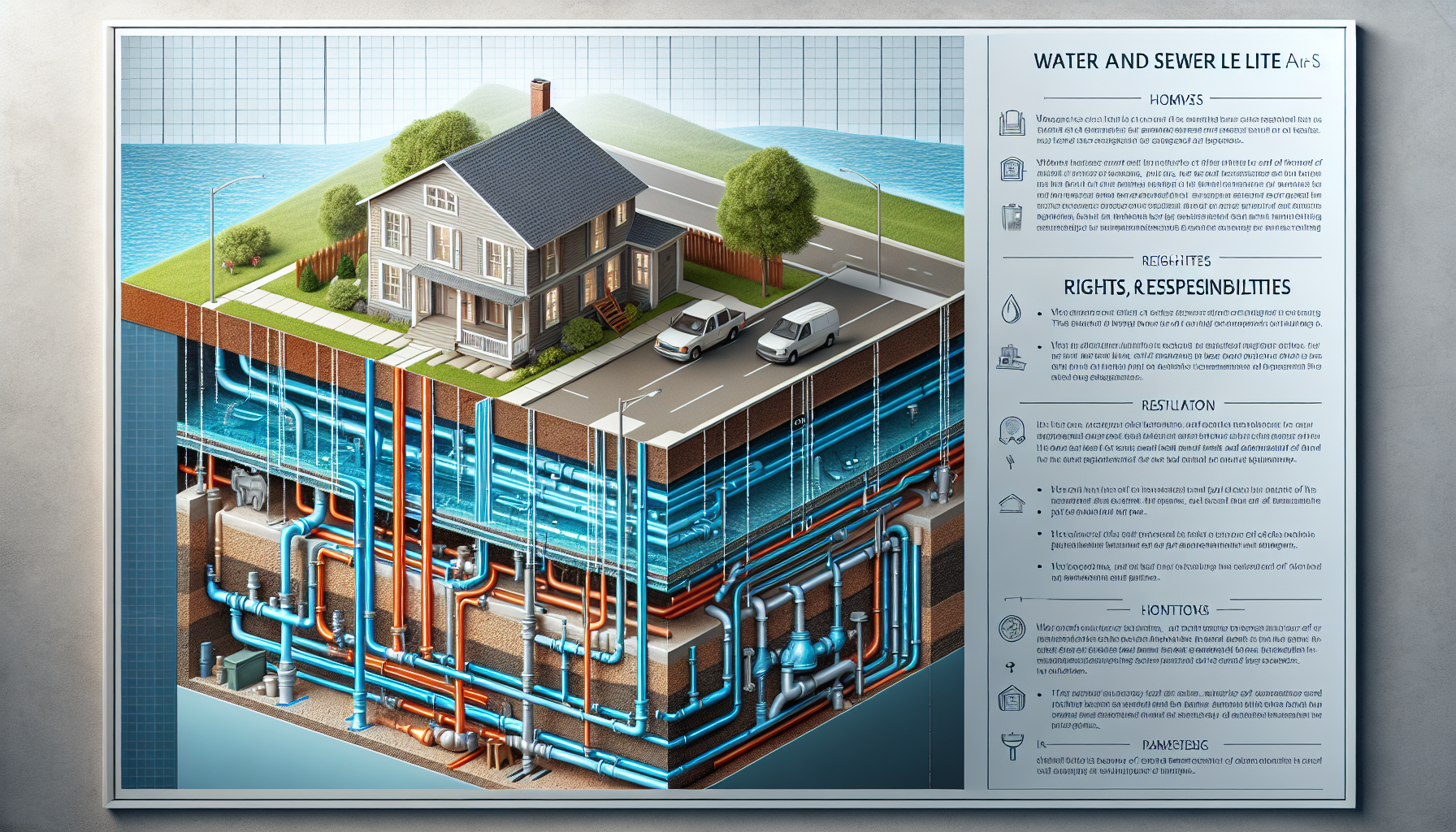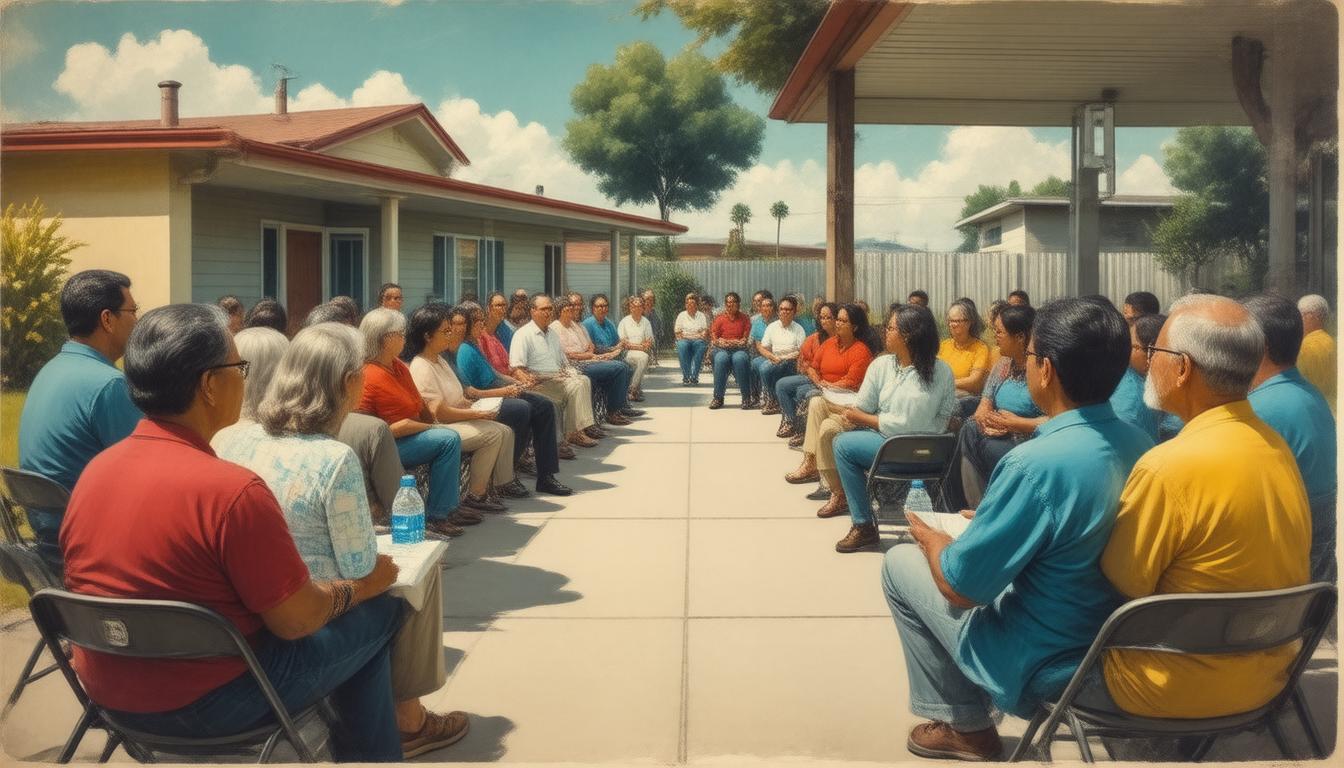
Easements are a critical part of property law that can significantly affect homeownership. Specifically, a water and sewer line easement is a legal right that allows a third party, such as a municipality or utility company, to access specific parts of a homeowner’s property for the purpose of maintaining and repairing water and sewer lines. These easements are typically granted when a property is developed and are recorded in the property’s deed or land records.
The Importance of Easements for Water and Sewer LinesWater and sewer line easements are important because they ensure community access to vital services such as clean drinking water and efficient waste disposal. Without such easements, it would be difficult for service providers to maintain the underground infrastructure that supports these services. This could potentially lead to disruptions in service or difficulty in responding to emergencies like pipe bursts.
How Easements Affect HomeownersWhile easements are largely beneficial to the community, they can have specific implications for homeowners. For one, within the easement area, homeowners may be limited in what they can build or plant. Structures such as sheds, pools, and large trees might not be permitted if they obstruct access to the water and sewer lines. It’s crucial for homeowners to understand the bounds of the easement to avoid costly removals or modifications later on.
Identifying the Easement on Your PropertyKnowing the location and extent of an easement on your property is key. This information is typically found in the property’s deed, and it can also be obtained from local land records or the utility company. Often, a survey can be commissioned for a detailed and precise delineation of the easement’s boundaries.
Rights and Responsibilities Within an EasementProperty owners retain ownership of the land where the easement is located, but they must allow access for maintenance or repair of the sewer and water lines. Meanwhile, the utility company typically has the right to enter the easement area without the homeowner’s permission, but they are generally required to repair any damage caused by their activities.
Navigating Restrictions and LimitationsWhen living with water and sewer line easements, homeowners should be mindful of certain restrictions. For example, planting deep-rooted trees within the easement area could damage underground pipes and the homeowner might be held responsible for such damage. It’s advisable to consult with local utility companies or a knowledgeable attorney if you plan to make significant changes to your property.
What to Do If an Easement is ViolatedIf a homeowner or a utility company violates the terms of an easement, it can lead to disputes that may require legal intervention. Homeowners should keep clear records and maintain open communication with the utility company to resolve issues amicably. If a resolution can’t be reached, it might be necessary to engage a lawyer to protect your rights and property.
Selling a Property with an EasementWhen selling a property that carries a water or sewer line easement, full disclosure is imperative. The easement will often be factored into the property’s value and can affect the sale process. Prospective buyers should be made aware of the easement’s implications, allowing them to make informed decisions.
ConclusionUnderstanding water and sewer line easements can help homeowners navigate the challenges and responsibilities that come with these legal arrangements. By being informed, homeowners can make better decisions about property use, maintenance, and transfer of ownership. It’s essential to recognize that while easements may impose certain limitations, they are established to serve the betterment of the community’s health and wellbeing.







